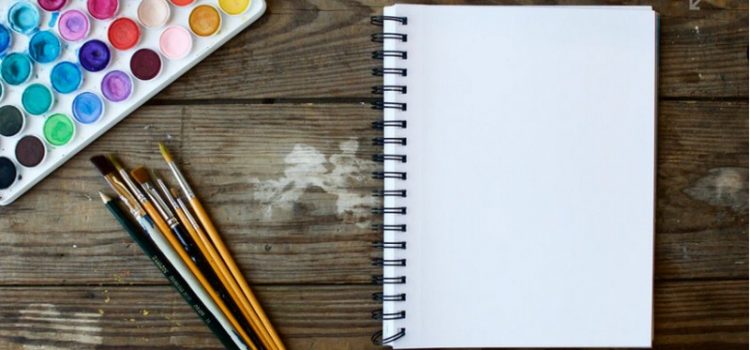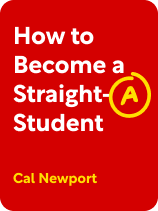

This article is an excerpt from the Shortform book guide to "How to Become a Straight-A Student" by Cal Newport. Shortform has the world's best summaries and analyses of books you should be reading.
Like this article? Sign up for a free trial here.
Are you majoring in the humanities field? Do you want to get good grades in your arts and humanities classes?
If you’re taking an arts or humanities class such as English or design, you might need to change your study habits. As Cal Newport says in How to Become a Straight-A Student, studying for a humanities course is different than studying for a STEM course.
Read below how to pass your arts and humanities classes with the best grades.
Taking Humanities Tests
If you want to ace your arts and humanities classes, Newport argues that you must understand the overarching themes of the class. Most humanities classes usually involve examining overarching themes or ideas. For example, a history class on the Civil War might contrast different experts’ opinions on why several Southern states seceded. So you must be able to pinpoint and understand each of these ideas.
But how do you pinpoint and understand these overarching ideas? The first key, Newport argues, is to take good notes in lectures, during which your professor will tell you what these ideas are. Unfortunately, your professor likely won’t be explicit about these ideas; instead, you’ll have to decipher their main points. (Shortform note: Other study experts agree that taking good notes matters. However, they argue that instead of trying to pinpoint the professor’s main point, you should try to decipher what’s likely to be on the exam or essay. Sometimes, your professor will be explicit about this. Other times, you’ll have to rely on context cues—like by noting any points your professor repeats.)
Newport contends that you can decipher main points by using the Question/Evidence/Conclusion (Q/E/C) method when taking notes. Every main theme can be broken down into a Question, its Evidence, and the Conclusion. Therefore, your lecture notes should also be formatted so they include the professor’s question(s), her conclusion(s), and any supporting evidence for each conclusion. You’ll probably need to write these out of order; often, your professor will present some evidence before she discusses her question. That’s OK as long as you eventually figure out all three parts. If you’re unsure if you’ve correctly understood a part, ask questions during the lecture or clarify your conclusions during your professor’s office hours.
(Shortform note: In a 2007 blog post, Newport elaborates on why the Q/E/C method—as it’s become known—helps you ace your classes in less time. He argues that humanities exams test you not on the facts but on why the facts matter. So if your lecture notes are just a list of facts, when it’s time to study for the test, you’ll have to think about why they matter—which takes up a lot of time. By using the Q/E/C method, you think about why these facts matter during the lecture and can clarify your understanding immediately or during office hours. Therefore, when it comes time to study for the test, you have less to do: Instead of trying to process why the facts matter, you simply have to review why they do.)
Newport argues that the second key to understanding the main themes of a course is to prioritize the right reading because you can’t feasibly complete all the texts most arts and humanities classes assign. To prioritize correctly, do all the reading from the main texts—these will appear multiple times on your syllabus. Take relatively detailed notes on these readings using the Q/E/C method, remembering that the conclusion—or main point—of a text is usually its thesis.
Newport recommends that you look at the other texts, too, but not nearly as carefully. If a text has a thesis, read it well enough to understand what that thesis is. Skim texts that give detailed accounts of important figures or occurrences so you learn relevant facts. Skip everything else, but bring these texts to class so you can refer to them if the professor discusses them.
(Shortform note: One study blogger also recommends not reading all assigned texts; however, she suggests an alternate way of prioritizing and annotating them. First, pick one text that you’ll read in-depth—something you can reasonably complete but not one that gives you a general overview of the topic. Then, before reading that text, review the questions in the syllabus (not in any of your texts) and keep them in mind as you skim all the other readings. Don’t skip anything! Afterward, jot down the key points of each reading. Finally, read the text you’ve decided to read in-depth: Take detailed notes by writing down key points, and develop good questions you can ask about the text during the lecture.)

———End of Preview———
Like what you just read? Read the rest of the world's best book summary and analysis of Cal Newport's "How to Become a Straight-A Student" at Shortform.
Here's what you'll find in our full How to Become a Straight-A Student summary:
- How to ace your college courses with just a few hours of studying each day
- How to combat procrastination and write better papers
- Study methods to prepare for different types of exams






